Phu Tho After being stung by bees, three patients aged 65, 63 and 45 experienced difficulty breathing and chest pain and were diagnosed with severe anaphylactic shock.
On July 2, a representative of Hung Vuong General Hospital informed that three people were brought to the emergency room in a state of difficulty breathing and cyanosis, with the initial diagnosis being severe anaphylaxis due to a bee sting in the first hour. The family said they were stung many times on the head, face, and body while working, and it was not known what type of sting was caused.
Doctors injected adrenaline (anti-shock drug) immediately upon admission and after 5 minutes, administered IV fluids, pain relievers, and oxygen. After about 10 minutes, the patient's difficulty breathing was relieved and his vital signs gradually stabilized to normal.
There are many species of bees, of which hornets and hornets are highly toxic. Anaphylactic shock from bee stings can occur very early or sometimes later after a few hours. When it occurs, it will progress very quickly, within 1-2 minutes after being stung by a bee, the victim can be in critical condition.
Symptoms include fatigue, dizziness, shortness of breath, chest tightness, rapid pulse, low blood pressure, agitation, possible wheezing, impaired consciousness, coma, and even death. Bee venom causes damage to body cells such as muscle wasting, acute rhabdomyolysis, acute kidney failure, and multiple organ damage.
As soon as there are abnormal symptoms after exposure to allergens such as rash, difficulty breathing, abdominal pain, vomiting, diarrhea, low blood pressure, dizziness..., people need to go to the nearest medical facility for timely emergency treatment. Absolutely do not arbitrarily use anti-allergy drugs to avoid unfortunate complications.
During the bee breeding season, avoid areas with many flowers such as longan and lychee trees, where animals make nests. Destroy beehives in places where many people pass by, do not let bees make nests in the house. When having to come into contact with bees, wear adequate protective equipment such as thick clothes, headgear, and glasses.
Thuy Quynh
Source link






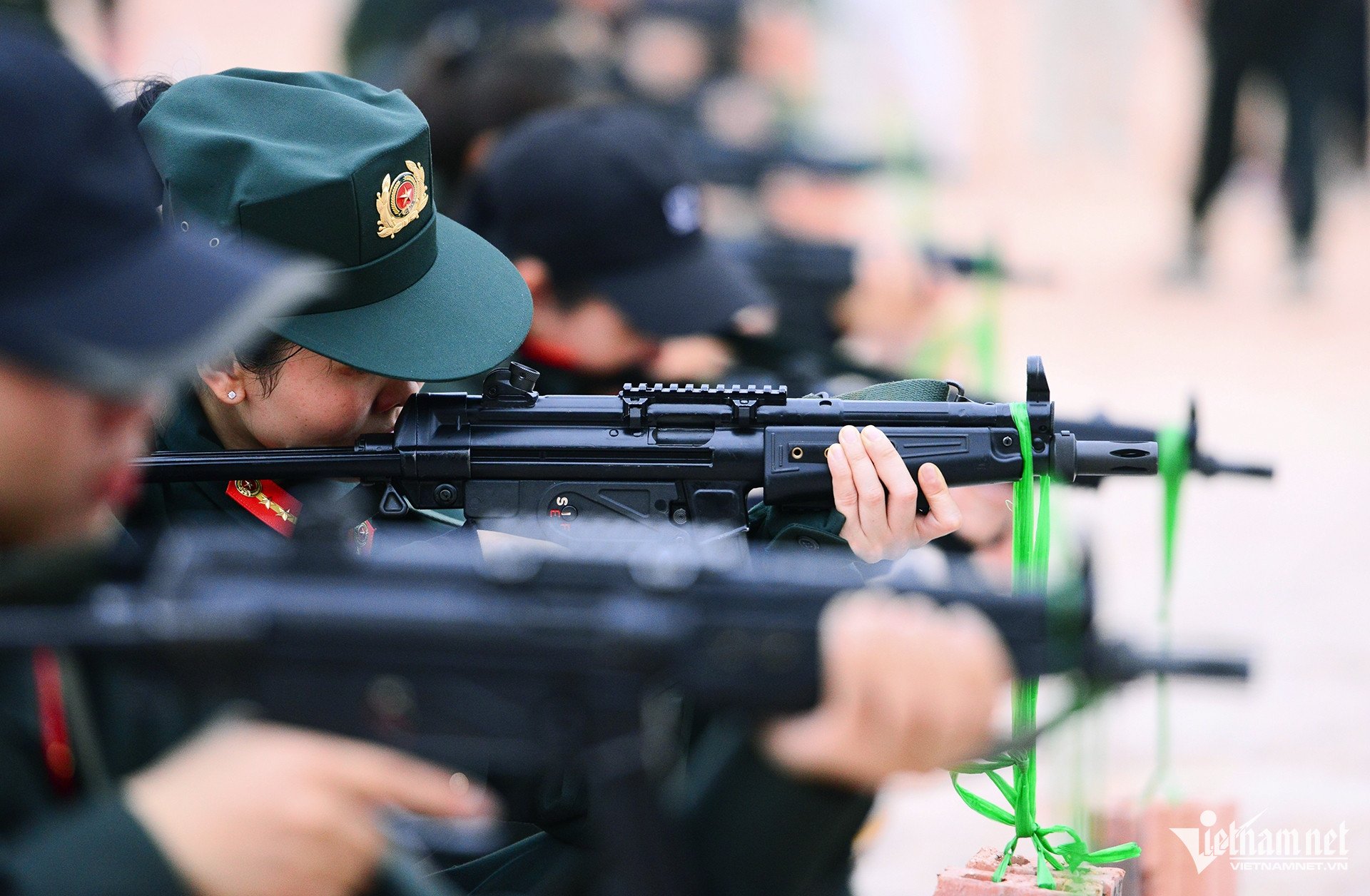













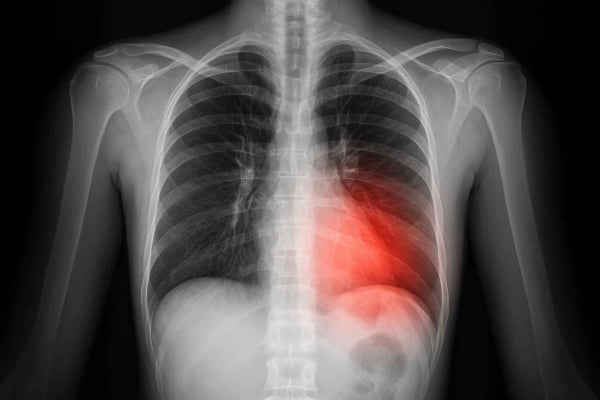
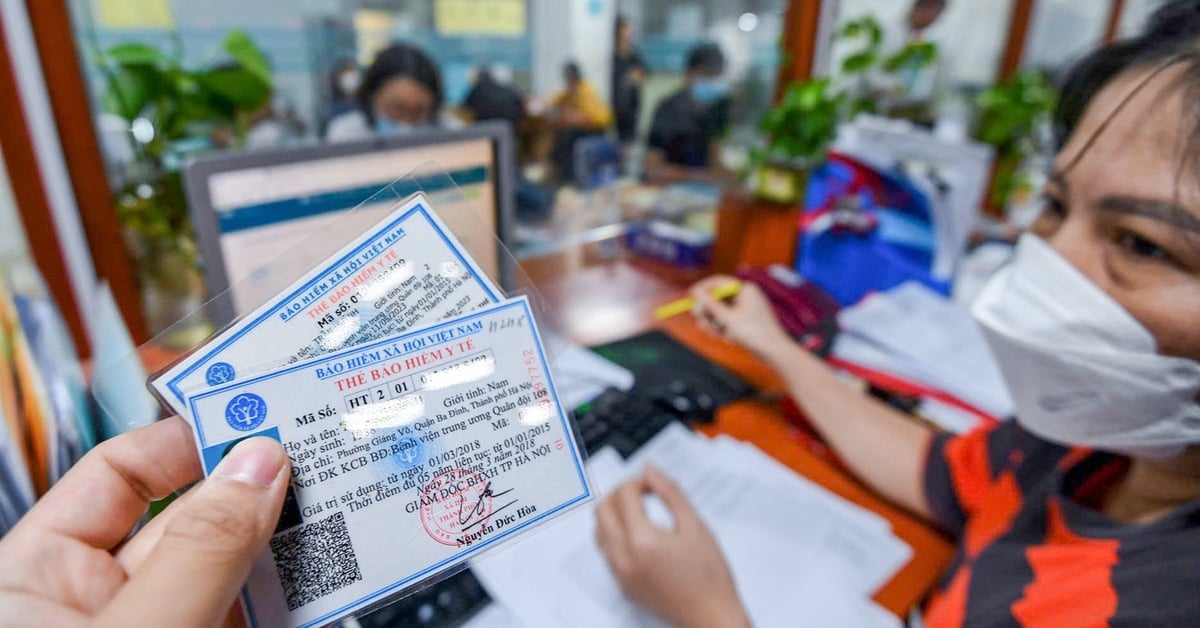

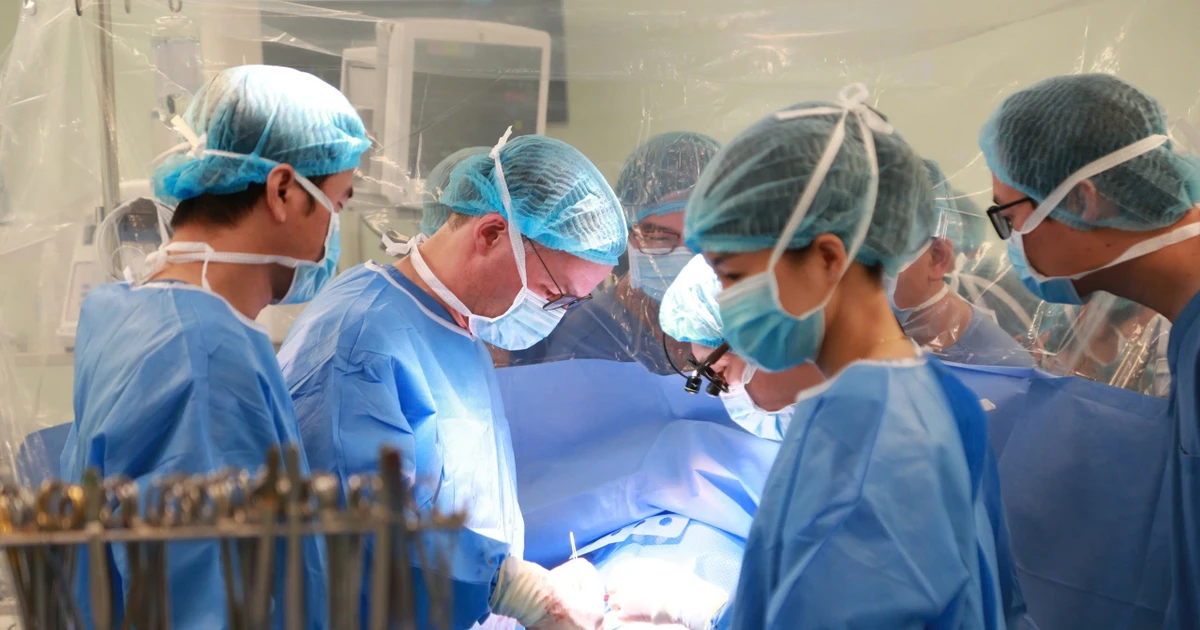









![[Photo] "Beauties" participate in the parade rehearsal at Bien Hoa airport](https://vstatic.vietnam.vn/vietnam/resource/IMAGE/2025/4/11/155502af3384431e918de0e2e585d13a)


































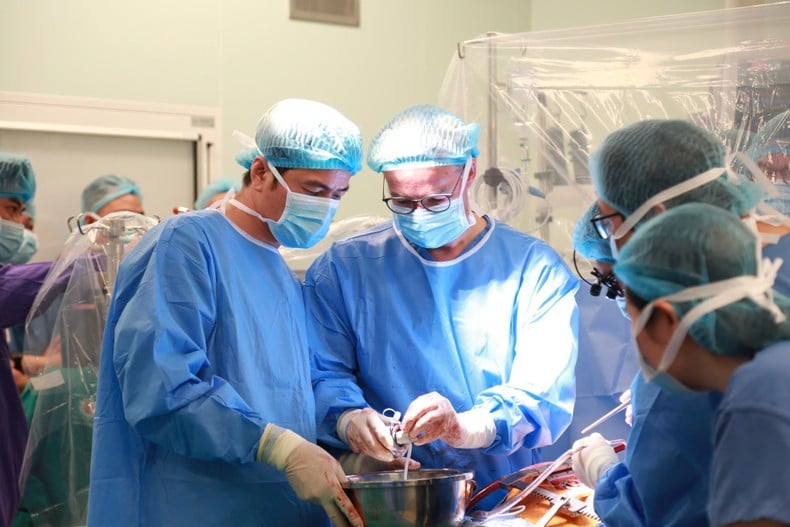











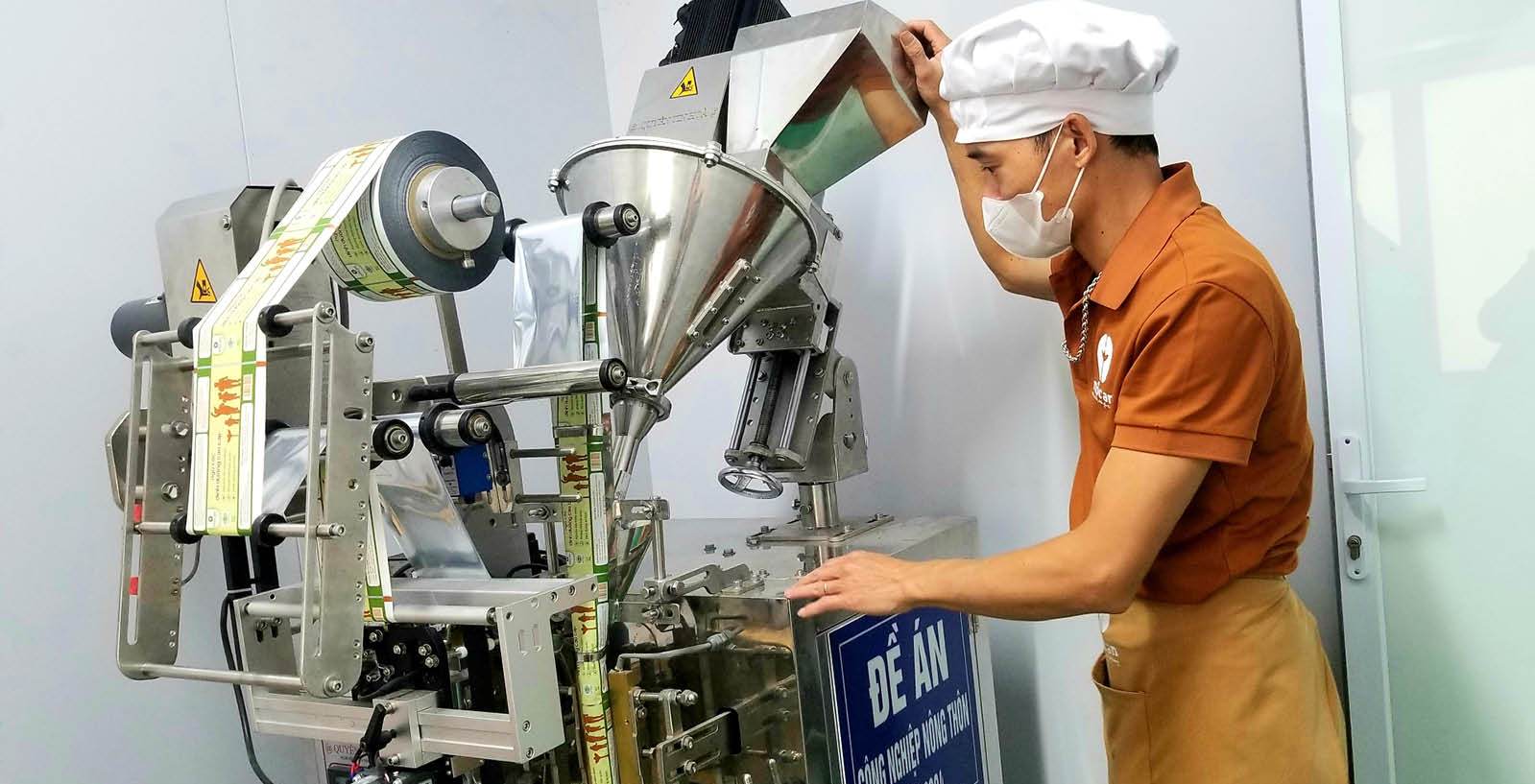


















Comment (0)